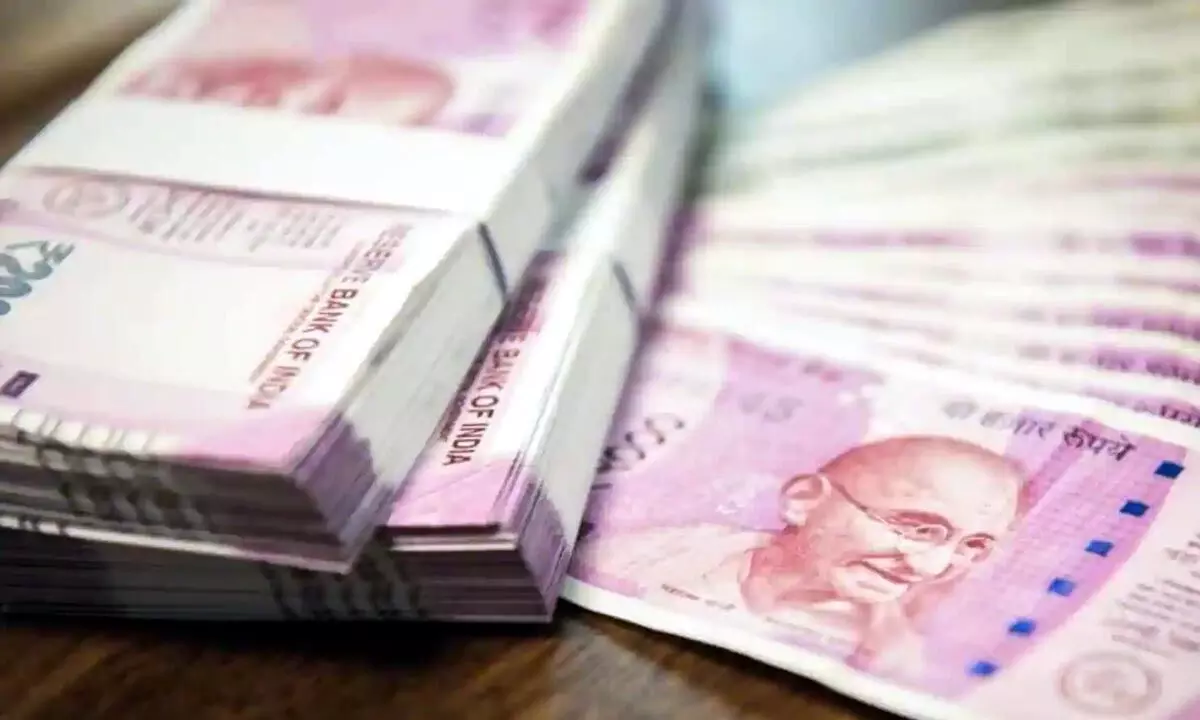Falling rupee bodes well for Indian IT industry
A depreciating rupee against US dollar has added another dimension to an impending slowdown fear in major economies. Currently, India rupee is hovering around an all time low of 79.5 per dollar.
image for illustrative purpose

A depreciating rupee against US dollar has added another dimension to an impending slowdown fear in major economies. Currently, India rupee is hovering around an all time low of 79.5 per dollar. Most analysts expect rupee to breach 80 mark in coming days. In an emerging economy like India with high import bill, this phenomenon is adding to the woes on the current account deficit front. Without divulging into the macroeconomic issues, a falling rupee augurs well for exporters. Service sector is the biggest component in the overall GDP configuration. The prowess of Indian IT sector is well-known. In this context, a falling rupee will positively influence the earnings of $190-billion worth Indian IT industry. Though cross-currency headwind is a real risk, India IT players still draw more than 50 per cent of their revenues from the United States. Therefore, the current basket has dollar dominance. So, fall in the rupee value boosts earnings of Indian IT players and provides support to the operating margin.
Support to the operating margin is very important in the current context. Indian IT companies are already facing record-breaking employee attrition rate. Companies like Tata Consultancy Services have reported close to 20 per cent attrition now. For many large IT firms, attrition rates are fairly high. For hiring, and retaining engineering talent; domestic IT firms are giving out of turn bonuses, salary increments and other such perks. Usually, the backfilling cost is usually high for businesses. With normalcy coming back, travel is resuming in full steam. More number of employees are also coming back each month. These aspects of expense are pushing up the cost of most IT firms. Market Leader TCS has seen its operating margin falling to 23.1 per cent during the first quarter of this financial year. Given the rising pressure on margin, a falling rupee will lend some crucial support to margin profile. So, exporters like Indian IT firms are likely to be major beneficiaries of the current fall in rupee.
Indian startup ecosystem, which usually operates in India, may also get some benefit out of this scenario. Firstly, there are many SaaS (software as a service) startups that sell their products globally and count the US as a major market. So, these companies get some earnings boost due to a depreciating rupee. Currently, most experts and even fund houses are predicting a funding winter for startup ecosystem. However, rupee fall can reverse this phenomenon to some extent. Foreign fund houses may look at a falling rupee as an opportunity to acquire stake in promising startups at a cheaper cost. Because the same amount of dollar will be able to purchase more number of shares in rupee given the exchange rate.
However, a secular fall in the rupee for prolonged period will not only work against the Indian economy, it will also work against exporters like Indian IT firms. Because clients will ask to share the gains coming out of any unusual fall in rupee for IT companies. Therefore, a stable and steady rupee without much weakening against dollar will a win-win case for both exporters and foreign investors.

